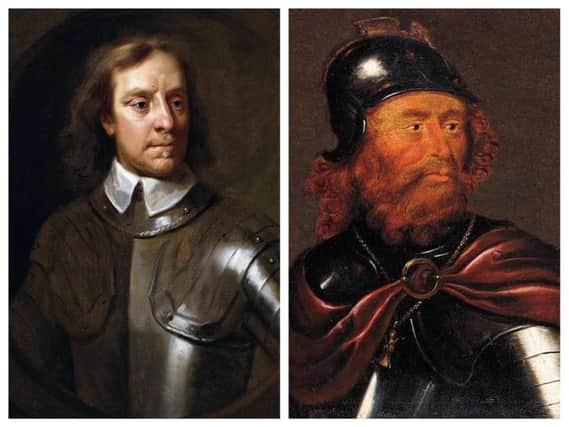When thousands of Scotland’s historic records were destroyed in a storm


The Queen of Burntisland succumbed to treacherous conditions on December 18, 1661, around 18 miles from the Northumberland coast, with more than 80 barrels of archive material disappearing to the bottom of the sea.
The documents were destroyed on their return journey to Scotland following their removal to London by Oliver Cromwell.
Advertisement
Hide AdAdvertisement
Hide AdIt is believed a vast number of charters and records written during the reigns of Robert the Bruce and David II were lost to the water as well as parliamentary papers from the 15th and 16th Centuries.
The documents were kept in a special register house at Edinburgh Castle but following its capture by Cromwell’s army in December 1650, the legal and state papers were taken to Stirling Castle.
When that too fell to the English in August 1651, some of the records were carried off by the garrison and others were rescued by the clerks.
But most were sent to England after Cromwell ordered the archives to be taken to the Tower of London.
According to National Records of Scotland, their new home in London proved to be very inconvenient.
It was near impossible to resolve Scottish legal cases from afar and permission was granted for 1600 volumes of legal papers to return to Scotland. The state records and remaining legal papers followed.
All the papers and parchments on board - which filled some 85 hogsheads - were lost to the sea when the Elizabeth started to take in water.
The ship’s master mate at the time was John Masterton, 43, of Kirkcaldy.
Advertisement
Hide AdAdvertisement
Hide AdThe destruction of the records compounded vast gaps in the national archive left when Edward I took the country’s papers out of Scotland during the Wars of Independence.
The Treaty of Edinburgh-Northampton ended the first War of Independence in 1329 and provided for the return of the records to Scotland.
But they remained in London, many disappeared, and when their remnants were later sent back to Scotland, only about 200 documents remained.
As a result, the earliest surviving Scottish public record is the Quitclaim of Canterbury of 1189; the oldest private record is a charter by David I to the church of St Cuthbert in Edinburgh, 1127.
The earliest surviving exchequer roll belongs only to 1326; the records of the Great Seal survive only from 1315; and, although there are a few early rolls starting in 1292, full records of Parliament do not begin until 1466, according to National Records of Scotland.
The first reference to a government official responsible for looking after the records dates from 1286.